HOW TO STAY ADDITIVE FREE EVEN AT SCHOOL
Around the country all our kids are heading back to school, if they haven’t already, they will be soon. I know there are so many things to think about when first starting school, especially if it is the first time for your little ones. All the uniforms, school bags, water bottles, school lunchboxes, school hats and the like.
Once you have the little ones settled in to their class and the immediate logistics sorted you may like to consider the following tips to keep your child additive free at school during year.
1. Communication
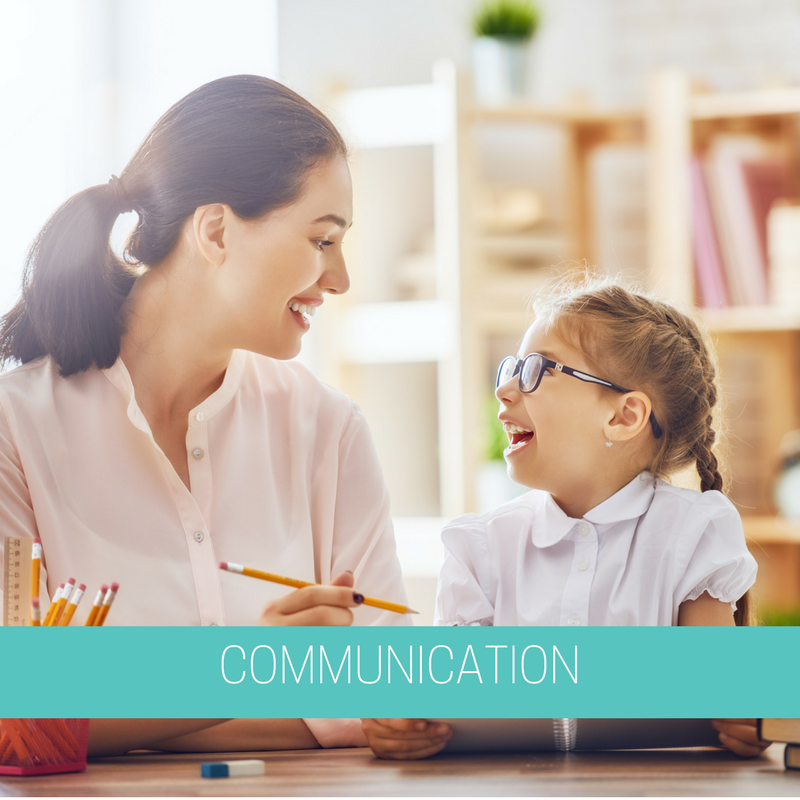
It is important that you communicate with the School administration about your child’s sensitivities when you join the school community. Each school is likely to manage this process a little differently. Ideally you would like it noted that teachers should check with you first prior to providing food to your child.
Make sure you also have a chat with your child’s classroom teacher about the food sensitivities.
It is important to have a great relationship with your child’s teacher. When chatting with them highlight the fact that you want to ensure there is little additional burden on them and you would love to work together with the teacher to make it as easy as possible for them and your child during the year.
I have personally found that teachers are more than willing to assist and spread the message to other staff members involved with your child if they have been approached in this collaborative manner. It should be highlighted to the teacher that these sensitivities are not life threatening, however they will impact your child for 2-3 days afterwards and you would prefer to avoid it if possible.
2. Food rewards
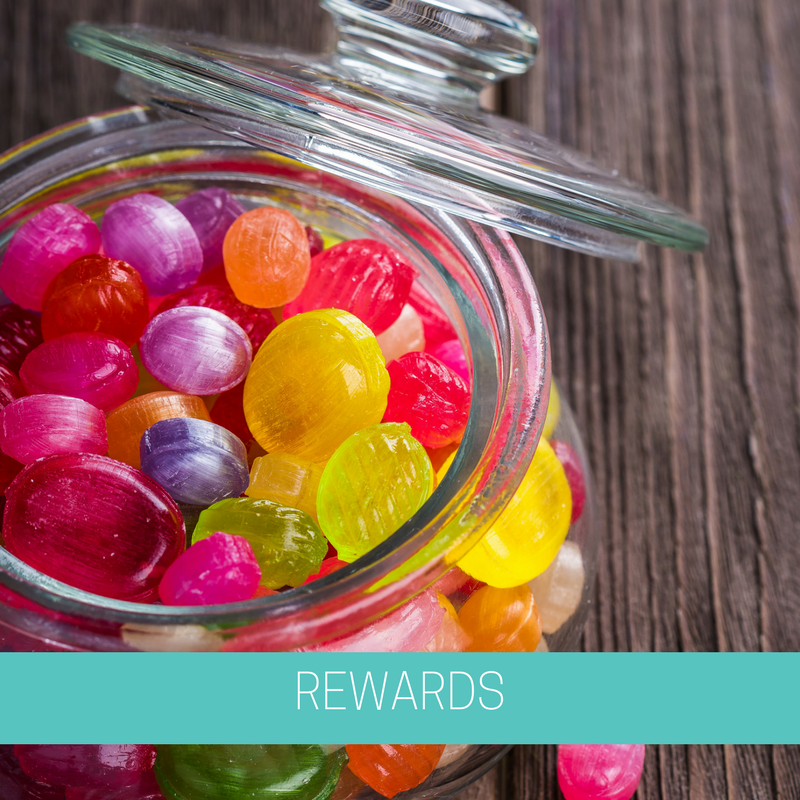
Every state differs regarding what is permissible in relation to food rewards. I understand that the Education Department in WA brought in a policy that teachers are not permitted to give students food based rewards, with the exception of certain special needs schools. What I will say, is that even if the policy is in place, it can still happen.
It is worth finding out what your school’s policy is in relation to food used as rewards and having a chat with your child’s classroom teacher. If on occasion it does happen, you could discuss alternative options with your child and teacher, some examples include:
* Bring in suitable alternatives for rewards that aren’t food
* Supply the teacher with appropriate additive free food alternatives
* Switch strategy – if your child would prefer that they aren’t singled out in front of their peers (this is important as they get into older primary years), let them know that they can bring home what ever was handed out and switch for something else at home – food based or other reward that you feel is suitable.
3. Birthday celebrations

In many schools it is common to celebrate birthdays with the class and birthday treats will be brought in to share. It could be fresh fruit, cupcakes, birthday cake or some other treat. It is lovely for all the children to participate in the celebration.
If your school permits birthday cakes and the like, I suggest having a conversation with the class teacher about bringing in some suitable options that your kids will love. Just as some children have reactions to dairy, eggs or nuts, these children are usually accommodated by bringing in their own options that are suitable.
You can discuss with the teacher about having a batch of your preferred options on hand ready to go in the classroom / school freezer. I normally bake some yummy muffins that I know the kids adore, so it doesn’t matter what type of option is presented in the class room they don’t feel like they are missing out. If you happen to run out before you have had a chance to replenish, you can have a chat with your child about switching it with something fun when you get home.
I have found that teachers like to give these rewards / treats / birthday celebratory treats as kids are leaving school for the day. Teachers are switched on! They know that the additives and sugar makes it tough for them to teach. They leave it up to the parents to decide whether to feed them the treat or not.
Waiting until kids go home helps a lot as your child doesn’t have long to wait for a replacement. The key is to make sure that they don’t feel like they are missing out.
4. Class parties
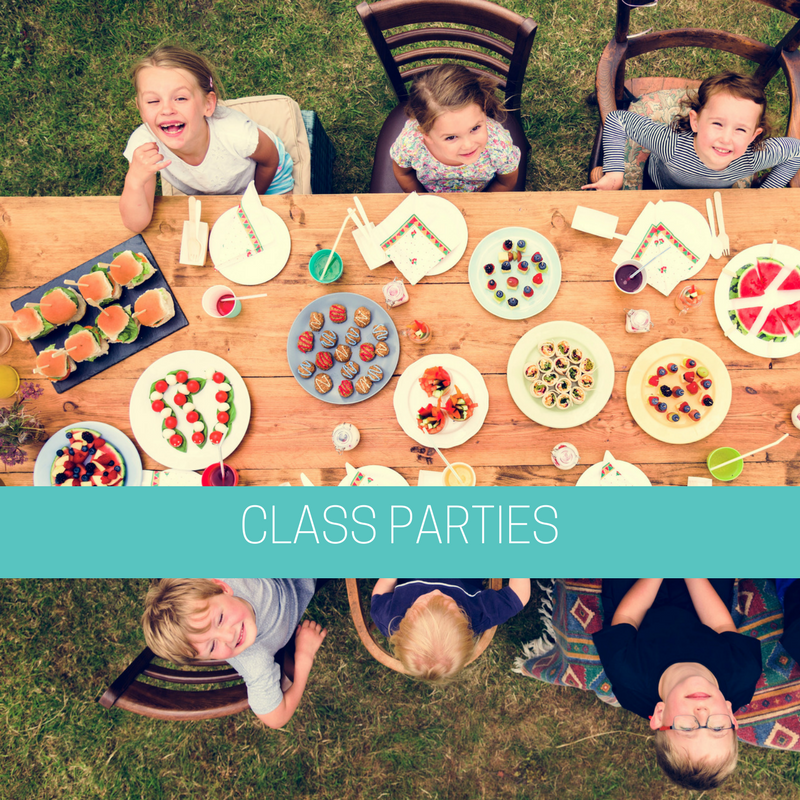
It is quite common for classes to celebrate the end of term / end of semester / end of year with a party. You may be requested to bring a plate to share. As you can imagine, there will be a huge array of options on offer. It is possible to have fun food that doesn’t take a lot of time to prepare and is healthy too!
It is important to have a chat with your kiddies before the party about making the best choices they can with the food that is available.
If your kids are quite young, there may be an opportunity to take your kids aside and discuss which options would be ok for them to have as the food items are being brought in by the parents. You want to look out for fresh fruit and veg items or ideally items that are home made. Obviously this doesn’t guarantee that they are additive free. However, in comparison to the brightly coloured popcorn or the frankfurters this will be a much better alternative.
It is really important to ensure that your kids don’t feel like they are missing out and that they are empowered to make these decisions for themselves. They won’t always get it right. They will make mistakes. More often than not they will feel the effects of these decisions. It is important that your child is able to make the connection between what they put into their body versus how they are feeling. Young children will require more assistance in making this connection.
You will be amazed at how savvy your child becomes over time. When they are able to make this connection for themselves, they will voluntarily stay clear of the foods that have caused them pain, headaches, nausea etc. As a result, your kids will create life long healthy eating habits! It is so important that our kids learn to understand how the food they put into their body makes them feel. When your kids are used to eating real food, additive laden food doesn’t taste appealing at all!
5. Special occasions (Easter / Christmas)
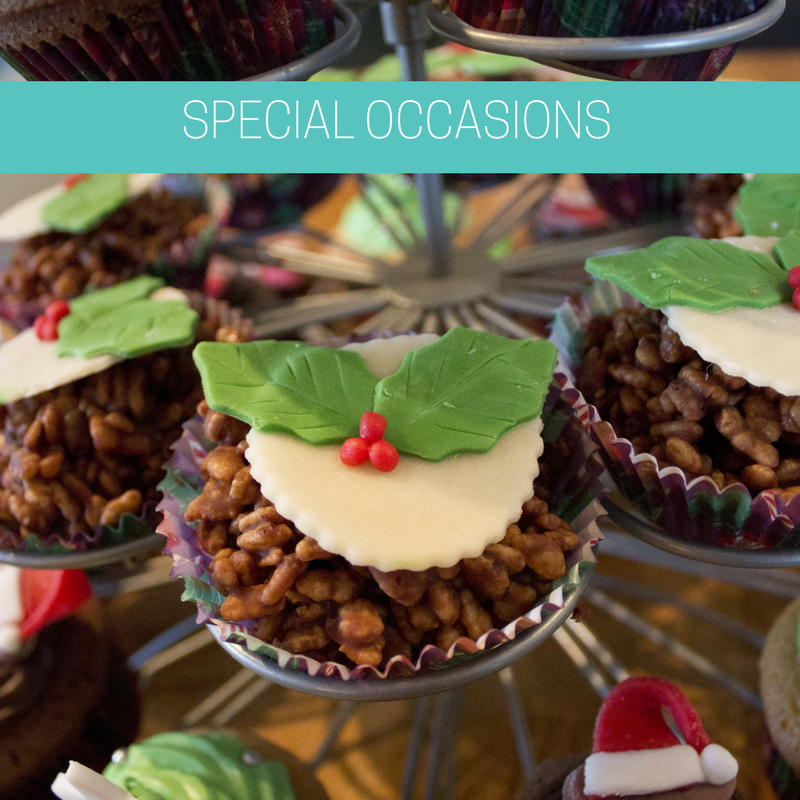
At special times of the year your children’s class mates may hand out easter eggs, candy canes or Christmas chocolates. Such lovely gestures. However, this can become a nightmare if your kids are eating one or two of these a day!
Make sure that you have a supply of additive free alternatives on hand at home that your kids are happy to switch for. If your kids and their friends are anything like mine…there will be an enormous amount of lollies and chocolates that come home from school. I really couldn’t fathom that much being eaten everyday.
So…you can get inventive….it doesn’t have to be a straight food swap. You could choose to swap the lollies and chocolate for:
- game time / screen time
- some special time just with you
- a visit to a special café that serves healthy treats
- a movie night
- play dates with friends
- sleep over with friends
The options are limitless! You can use your discretion to see what works for you and your child.
6. Canteen / tuckshop food
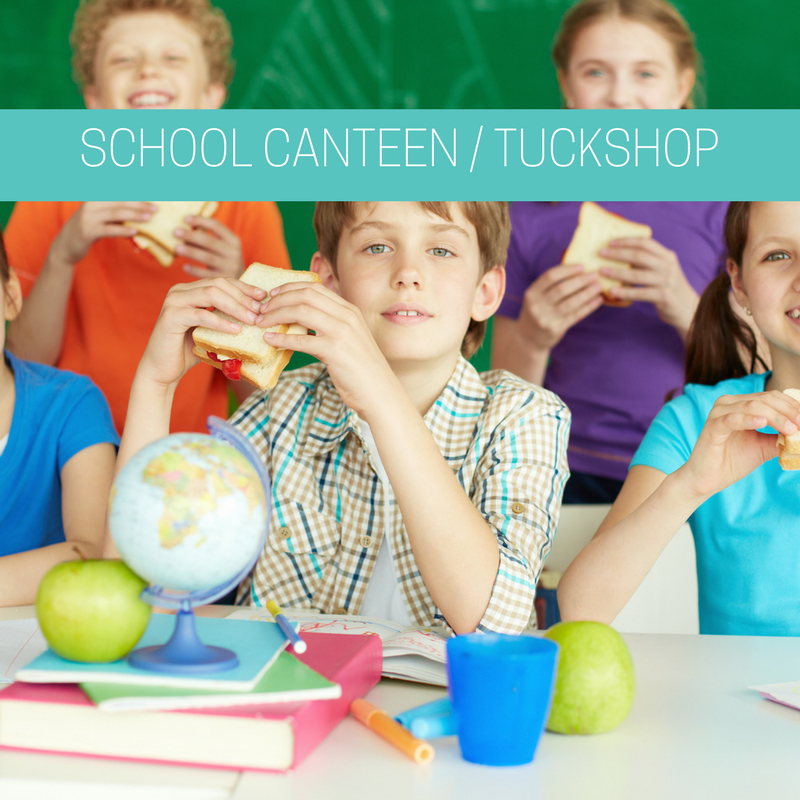
It is important to establish a relationship with your canteen manager or volunteers when you first start at school. It is really useful to be able to have some quick options in terms of a lunch order when you need a back up plan or you are short of time. There is also the added peer pressure of seeing other kids ordering food from the canteen and they want to feel the same.
You may want to ask a few questions of the canteen manager to determine what you can order for your kiddies that have the least amount of additives:
- Which canteen options are made in house?
- What brand of x is used?
- Do you use any condiments in this option ie margarine, mayo?
- Is it possible to put in a custom order due to food sensitivities
Another way to determine what is suitable is to actually get in the canteen and volunteer. You will work out exactly where the food is coming from, has it all been purchased from large manufacturers and check out the ingredients first hand. Hopefully you will find a couple of options that are suitable.
As time progresses and you become more familiar with the school, you may decide to step up your involvement with the canteen. Options include volunteering in the canteen. Becoming involved in the Canteen Committee or your School’s P&C / P&F. From here it is possible to get real change!
If you are keen to head down this path you need to ensure that change happens slowly and not all at once. There are a lot of people that like the canteen the way it is. In my experience you will lose some people, but you will gain so many more. If you need help transitioning your canteen over to additive free don’t hesitate to get in contact!
7. School lunchbox
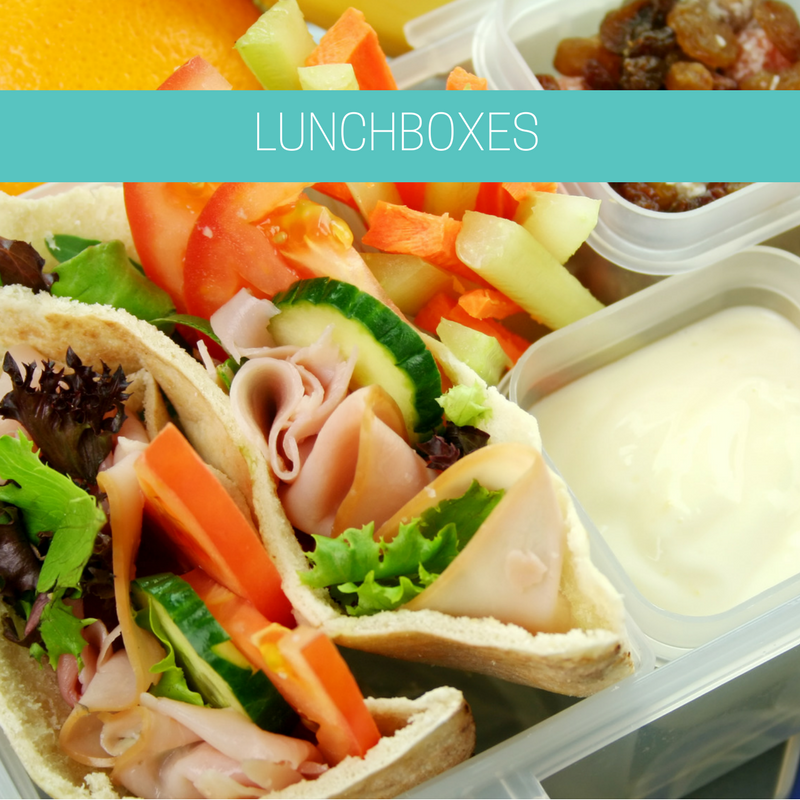
I find that there is a lot of stress surrounding school lunchboxes. My approach has been determined based on the feedback from my kids. In the beginning when they were in early years education I could send little bento boxes and the like. At this age they have a lot more supervised time to eat their lunch. They are more than happy to have an array of options to work through as everyone is seated and eating together.
As the boys progressed through primary school they fed back to me that they really didn’t want to have a lunch that took so long to eat. They wanted something that they could throw back quickly and then get out to play with their friends. I found that if I ensured that the kids had a great representation of food across all food groups across the whole day it took a lot of pressure off the school lunch box.
I recommend that you have a look at what your kids are eating for breakfast. Are they having a healthy, filling breakfast? If so, this takes a lot of pressure off the school lunchbox. If your kids are eating the typical cereals from the supermarket you will have more pressure on the lunch box as they haven’t had a lot to sustain them through the day.
My kids still have a healthy and nutritious lunch but it won’t be bento style. Their lunches vary from season to season and thermoses feature heavily (whether it be soups / curries / pastas etc etc). They have fruit for their morning tea / crunch and sip. Additional fruit, yoghurt, other baked items and the like are given as a snack when they get home from school.
We need to bear in mind that we want our kids to have nourishing food whilst they are trying to learn. School isn’t a party.
I can’t tell you the amount of times that I have heard from teachers commenting about the party food in their students lunch box. These options are heavily laden with additives more often than not. It makes it difficult for the teachers to teach and the children to concentrate.
I know your kids just want to fit in with their peers. They see so many packaged (and fun) options in their friends lunchboxes. They want to be the same. If you are looking for options that are healthy and convenient for you, it is possible. You can find them here. I have done the hard work for you and screened all the ingredients so that you know that they are additive free for your family.
At the end of the day, do what works best for you and your family. The important point is to get feedback from your kids. What are they loving? What would they like to see more of, less of? I find that the kids are more than happy to have lunches on repeat, its me that feels like I should be providing them with greater variety.

I hope you have found these tips useful for heading back to school this year. I would love to hear your comments. Do you have any other additive free concerns with your children heading to school this year? Comment below.
If you would like to be the first to know about our product reviews, specials, discounts, giveaways make sure you join the Additive Free Kids Community, it’s FREE!


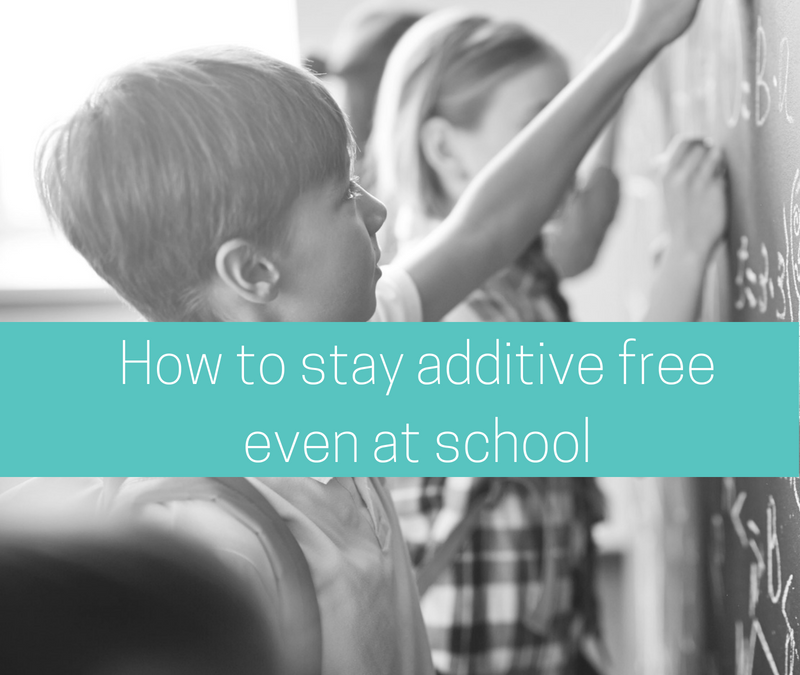
 My passion and mission is to work with families to reduce the overwhelm when going additive free. Moving to additive free living can bring back peace, calm and joy to families. I know it's possible and I've experienced it first hand with my 5 boys.
My passion and mission is to work with families to reduce the overwhelm when going additive free. Moving to additive free living can bring back peace, calm and joy to families. I know it's possible and I've experienced it first hand with my 5 boys.



